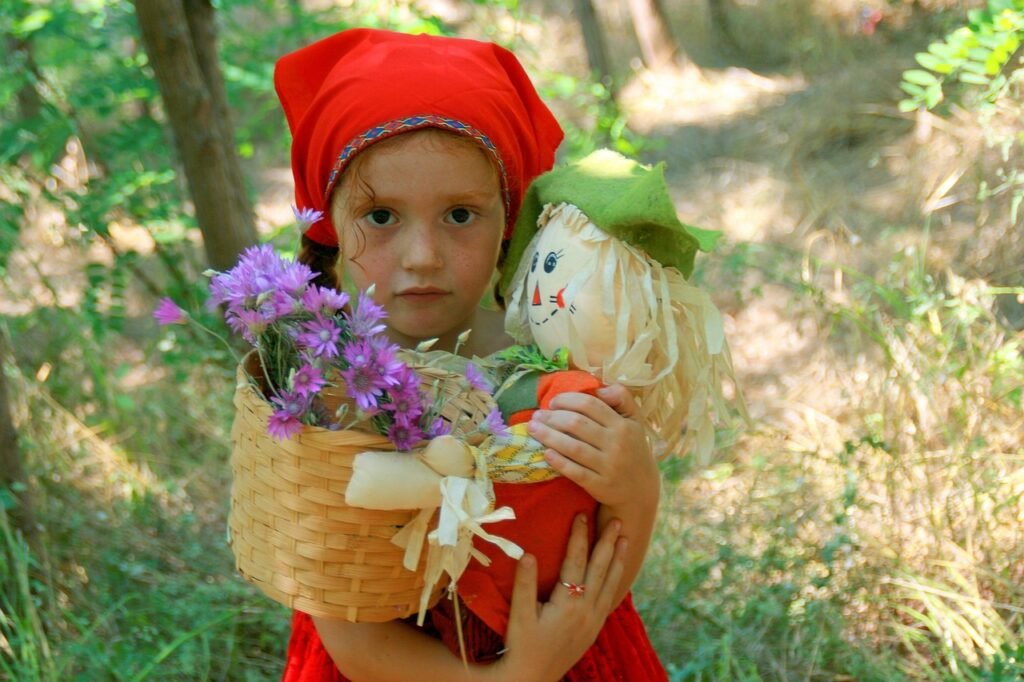You’ve likely heard the tale of Little Red Riding Hood countless times, yet beneath its deceptively simple narrative lies a complex web of symbols and themes that have fascinated scholars for centuries. This beloved fairy tale isn’t merely about a girl, a wolf, and a grandmother living in the woods. Instead, it serves as a psychological roadmap through the treacherous landscape of human development, desire, and danger.
The story has endured for over three centuries and is laden with captivating symbolism that continues to evolve with society, functioning as more than just a cautionary tale for children – it’s a rich tapestry of symbolism, reflecting our collective fears, desires, and the values and morals of different eras. From Charles Perrault’s 1697 French version to the Brothers Grimm’s German interpretation, each retelling reveals new layers of meaning that speak to universal human experiences. Let’s dive into the fascinating world of symbolism that makes this tale truly timeless.
The Red Hood as Symbol of Sexual Awakening
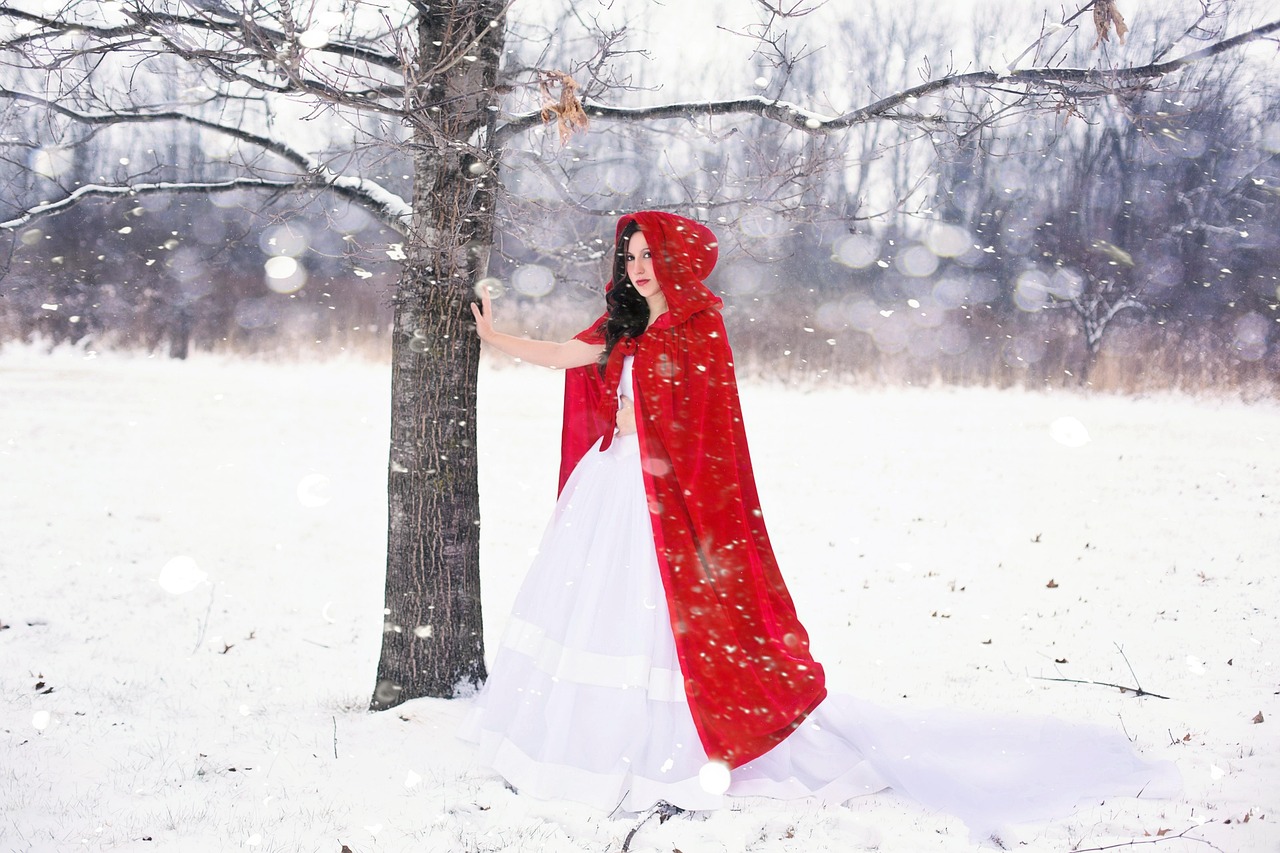
The crimson hood that gives our heroine her name carries profound symbolic weight that extends far beyond mere fashion choice. The red hood worn by the protagonist is often associated with menstruation and female sexuality, with the encounter with the wolf serving as a metaphor for the awakening of sexual desire and the exploration of one’s own identity. This interpretation transforms the simple garment into a powerful marker of the transition from childhood to womanhood.
The red color is theorized to be the color of life and blood, possibly representing puberty through menstrual blood, while red has historically been associated with passion and danger in various cultural contexts. The deliberate choice of this provocative color suggests that Perrault was making a statement about his protagonist’s character and fate.
The Forest as a Psychological Landscape
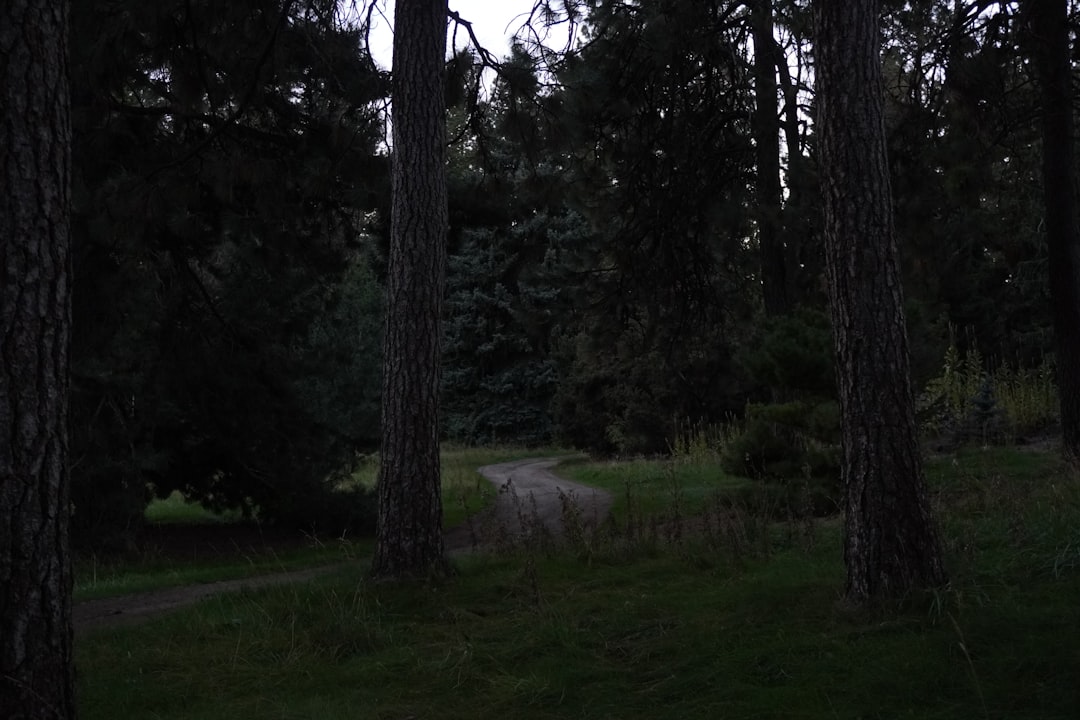
The forest is symbolic of the unknown, danger, temptation, and transformation, devoid of a safe space provided by authority figures, with the journey through the woods signifying the rite of passage for Little Red Riding Hood, where she learns important life lessons and matures along the way. This dark woodland setting represents much more than a physical location – it’s a psychological space where transformation occurs.
Little Red Riding Hood’s passage through this symbolic forest represents the transition from the relative safety and innocence of childhood into the complexities and potential dangers of adolescence and the adult world, functioning as an inner psychological exploration and a venturing into the uncharted territories of the self. The forest becomes a mirror of the unconscious mind, where hidden desires and fears manifest as tangible threats.
The Wolf as Masculine Predator
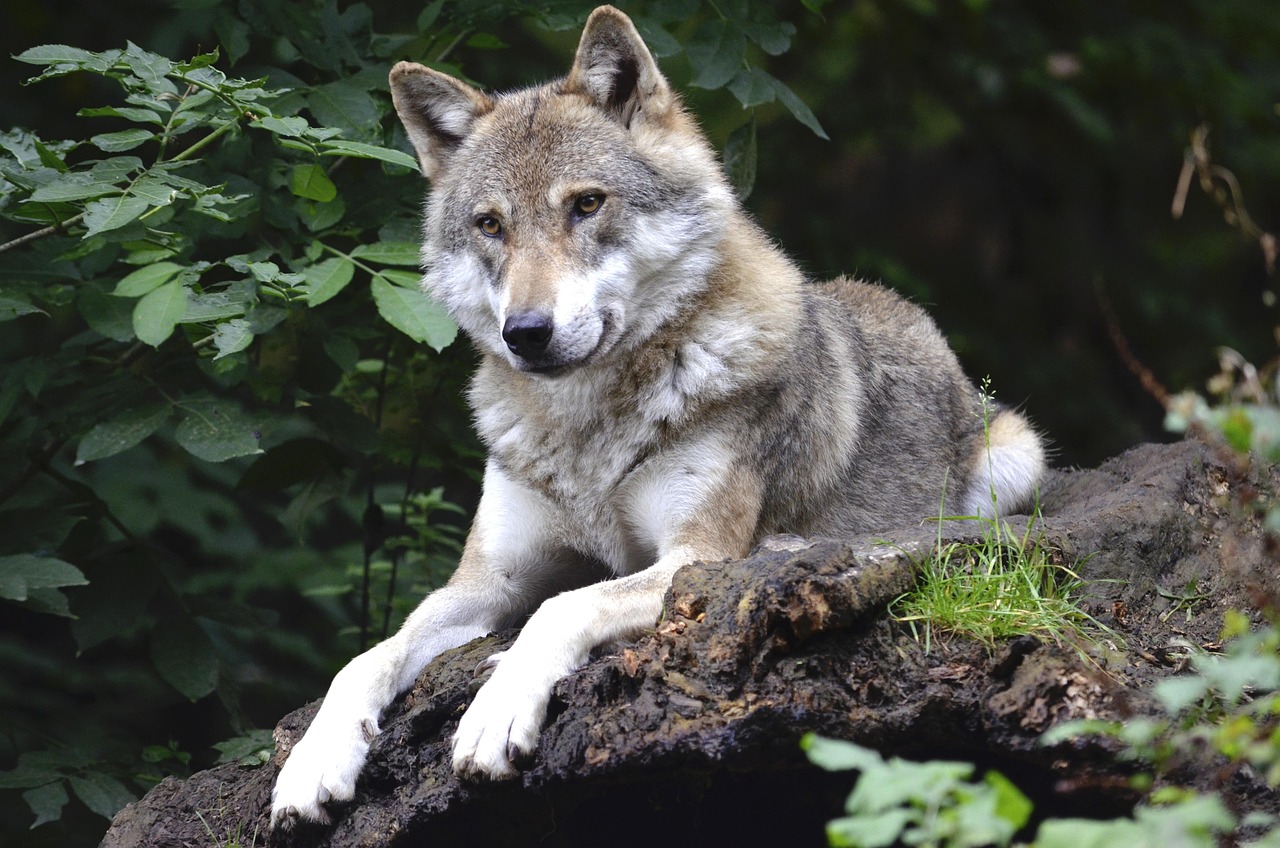
In the Little Red Riding Hood fairy tale type, a major theme is the wolf symbolizing a womanizing man or a man that plots to corrupt innocent women, with The Story of Grandmother presenting the wolf as a sex-craved beast. This interpretation positions the wolf not as a literal animal, but as a representation of predatory masculine sexuality that threatens feminine innocence.
The hairiness of the wolf, often mentioned in the story, can be interpreted as a symbol of maleness, juxtaposing the male characteristics of the wolf with the female ones of Little Red Riding Hood, making the contrast between femininity and masculinity as represented in Western culture one of the primary themes of the story. This stark opposition reinforces the tale’s function as a warning about the dangers lurking in seemingly innocent encounters.
The Path as Moral Guidance

The path through the forest serves as a powerful metaphor for moral conduct and societal expectations. Perrault’s warning “Don’t talk to strangers!” and the Grimms’ instruction “Don’t stray from the path!” are really two expressions of the same message: “Be responsible, or you shall pay the toll!” The path represents the prescribed route through life that society deems safe and appropriate.
When Little Red Riding Hood ventures off this designated route to pick flowers, she symbolically abandons the protection of social norms and moral guidelines. The flower picking behavior represents passionate behavior – chasing one material thing after another, which could be equated to a shopping addiction, as the world is full of wonderful things that young and innocent people naturally want to gather up and enjoy. This deviation from the path becomes a metaphor for the consequences of abandoning moral restraint.
The Grandmother as Wisdom and Vulnerability

Little Red’s mother is an example of the great mother archetype because it is inferred in the story that she is nurturing and caring, as evidenced by her sending her ill, bedridden mother goodies to feel better. The grandmother figure represents traditional wisdom and the older generation’s accumulated knowledge, yet she also embodies vulnerability in the face of predatory threats.
Marina Warner considers Little Red Riding Hood’s initial failure to distinguish the wolf from her grandmother to be a crucial element of the story, explaining that the wolf and the grandmother (as a crone character) are related as forest dwellers needing nourishment. This connection suggests that both predator and protector exist within the same liminal space, making discernment between them a crucial skill for survival.
The Huntsman as Masculine Salvation

An extremely important part of Little Red Riding Hood is the ending where the huntsman opens the wolf’s stomach and saves the girl and her grandmother, which can be explained as an allegory on resurrection in Christianity, with both women being saved by a higher power represented by the huntsman. The huntsman’s role introduces themes of redemption and divine intervention into the narrative.
The huntsman in this version represents patriarchal protection and physical superiority. His appearance at the crucial moment transforms the story from a tale of victimization into one of rescue and redemption. The motif of the huntsman cutting open the wolf has been interpreted as a “rebirth” – the girl who foolishly listened to the wolf has been reborn as a new person. This symbolic death and resurrection mirrors religious themes of spiritual transformation.
The Basket and Its Contents as Symbols of Purity

What was in Red Riding Hood’s basket varied between versions: Charles Perrault opted for cake and butter, while the Brothers Grimm gave her some cakes and a bottle of wine, with Erich Fromm explaining the bottle in Red Riding Hood’s basket as a symbol of virginity. These seemingly innocent provisions carry deeper symbolic meaning related to feminine purity and the gifts of domesticity.
The shape of a bottle is phallic, but as a bottle, it is also fragile and breakable, and in dream analysis, a bottle can also represent suppression of feelings – instead of letting them out, they are bottled. This duality of meaning – sexual symbolism combined with emotional repression – reinforces the tale’s preoccupation with female sexuality and the societal pressures surrounding it.
The Theme of Coming of Age and Initiation
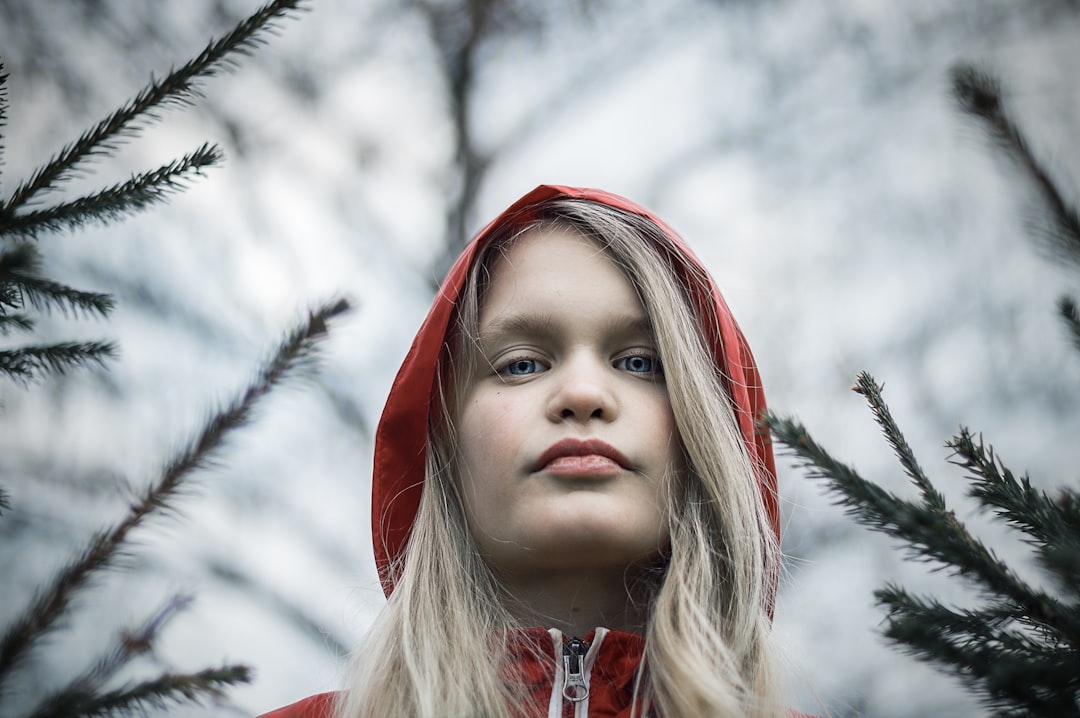
When Little Red Riding Hood finally realizes that the wolf is posing as her grandmother, this moment serves as the symbol for her growing up and maturing with her newfound awareness. This moment of recognition represents the loss of innocence and the painful acquisition of worldly knowledge that characterizes the transition from childhood to adulthood.
The story functions as a tale about ritual and rebirth, where a girl leaves home, enters a liminal state, and is transformed into an adult woman, illustrated by the act of coming out of the wolf’s belly in the Grimm’s version. This symbolic journey through death and rebirth mirrors ancient initiation rites that marked the passage from one life stage to another.
Conclusion
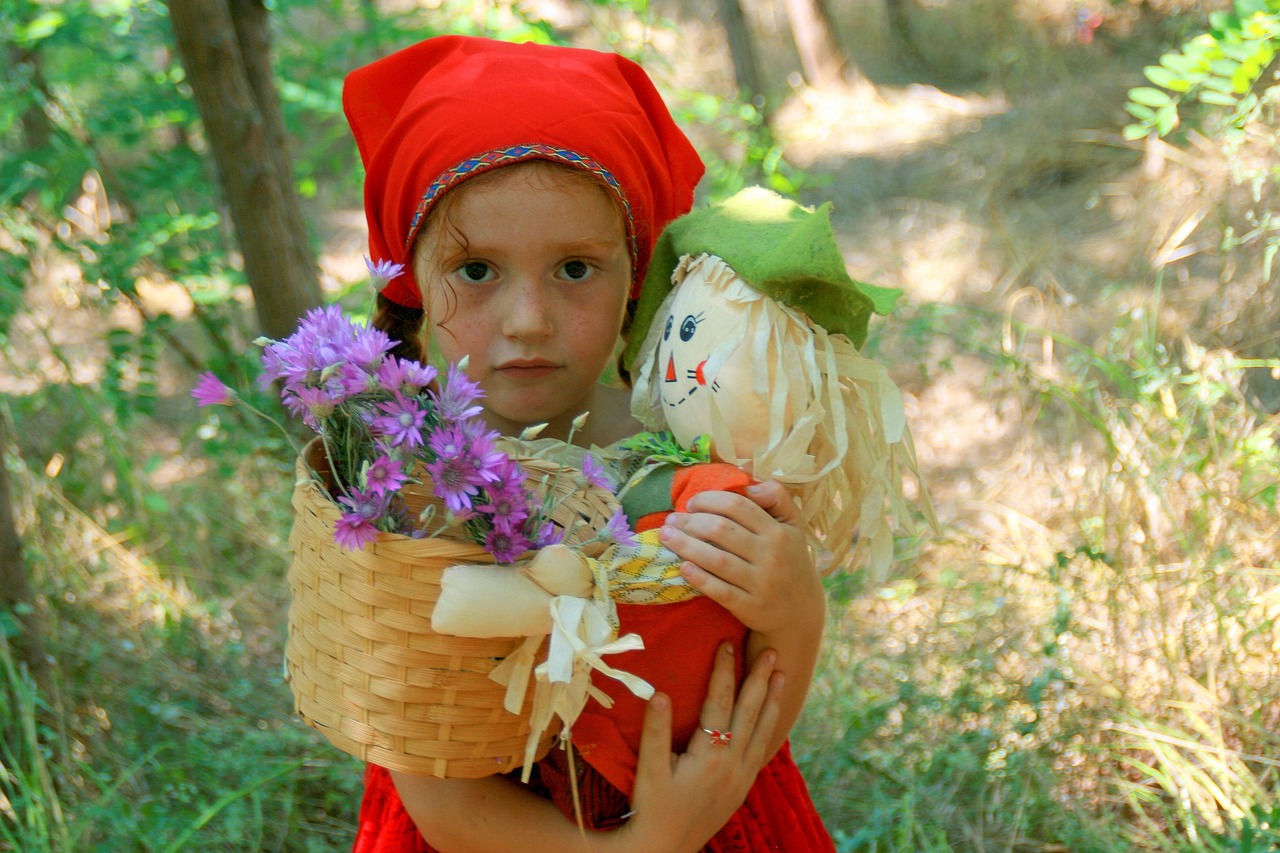
In exploring different versions and possible hidden meanings in Little Red Riding Hood, we encounter many possibilities, though the essence of the fairy tale still escapes rational explanation, with the symbolism of Red Riding Hood being one of the richest of all classic fairy tales and a main reason for its popularity. The enduring power of this seemingly simple tale lies in its ability to speak to fundamental human experiences – the loss of innocence, the navigation of sexual awakening, the tension between safety and adventure, and the complex dynamics of power and vulnerability.
Each generation discovers new meanings within its familiar framework, ensuring that Little Red Riding Hood remains not just a children’s story, but a psychological mirror reflecting our deepest fears and desires. What aspects of this tale resonate most strongly with your own understanding of human nature?

Hi, I’m Andrew, and I come from India. Experienced content specialist with a passion for writing. My forte includes health and wellness, Travel, Animals, and Nature. A nature nomad, I am obsessed with mountains and love high-altitude trekking. I have been on several Himalayan treks in India including the Everest Base Camp in Nepal, a profound experience.

